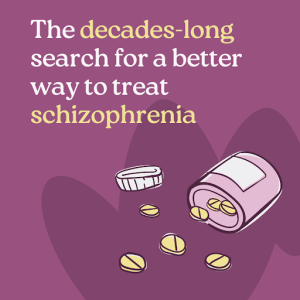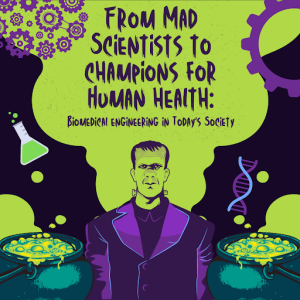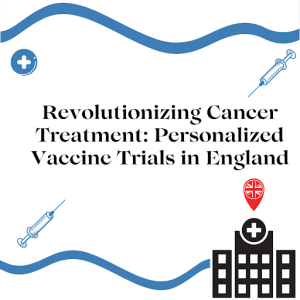New Tools for Navigating the Highways of Internet Traffic
By Vaneshi Ramdhony, Illinois Institute of Technology, Project guided by Dr. Nik Sultana
We live in a world where the internet connects everything from global economies to smart homes. Just like how people travel from one place to another by different modes of transport and across different streets, data also travels from one point to another through different containers and takes different routes. Engineers use network analysis to learn more about all this digital traffic. Network analysis gives experimenters the type of network traffic, how much traffic, and many more inputs that engineers can use to know what the network needs. For example; does the network need expansion, security, speed, or all three? Networks are complex, and making sense of the massive amounts of traffic is no small task. This is where GraphBLAS, a powerful tool for network analysis, comes into play.





